In Next Steps for Museums to Build Community and Audience, Mantej Singh, talks to ReReeti about a subject he is passionate about – bringing community and culture together and how to retain and engage audience as well as communities. Mantej is a community and cultural development specialist based in Australia.
This is an exploration on how to bring community and museums on the same page of co-creation. Let us think of a museum – the place, the sight, the sounds and smell – what comes to mind? Grandiose building, rare and precious objects, glass displays, caption cards, “Do not touch” signs, hushed voices, silence. Of the estimated 800 museums across India[i] and 55,000 museums in 202 countries around the world[ii], many would reflect this description.
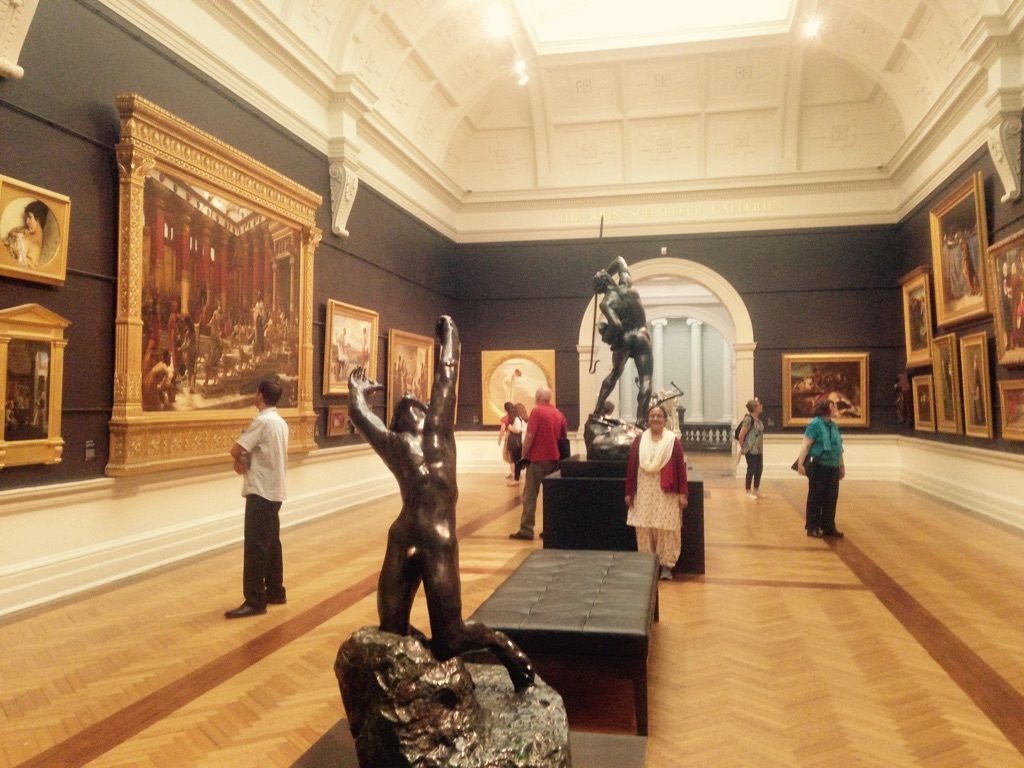
Art Gallery of NSW, Sydney, Australia
At the same time, many museums are also doing innovative things to engage and retain new audiences by offering children’s programs, food festivals, iPad tours, interactive displays and the big marquee exhibitions. But is building audience the same as engaging the community and how do we build, engage and retain both? This article explores these questions. Audience are the visitors who visit the museum and the potential visitors in the future. From a business model perspective, that is what generates revenue in terms of ticket sales and retail. The funding bodies also judge the museums on this audience performance indicator. But is it really enough?
I would argue that a more holistic indicator is a museum’s ability to build community around its objects. Community is so much more. From people physically living in the area around the museum building, to people living in the same city to people anywhere in the world who share the passion for the museum’s different exhibits. To engage these different communities, museums have to invite them into museum as curators, object and story contributors and in guiding the museums development.
In my view, the key things museums must do to engage the community are:
1. Understand, listen to and collaborate with community
In order to build a community museums need to first understand the community. The museum management and staff need to go and talk to the people who live around their building. It includes the food vendors, the houses in the neighbourhood, the neighbouring school’s principal and teachers, and the local shops and the people in the big shopping centre around the corner. They need to ask these people the simple questions – what would you like to see and do in the museum? Can we do something or offer you something that would make a difference to your lives or add value to your lives? The museum, then, needs to create experiences that offer the outcomes the local community is seeking.
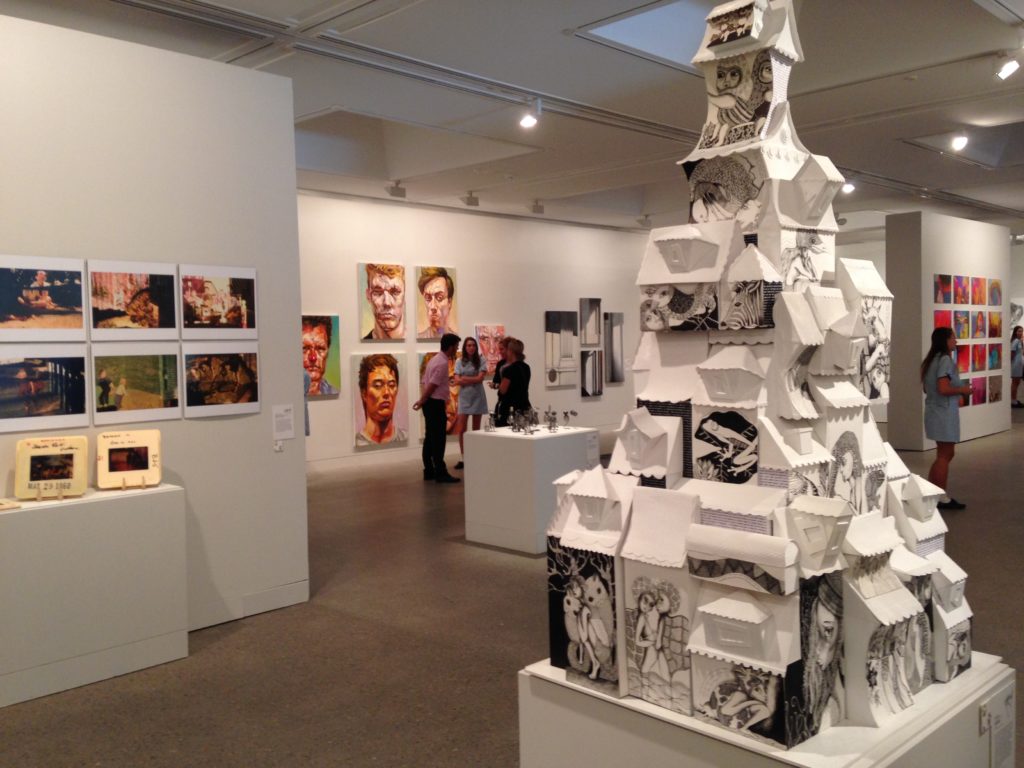
ARTEXPRESS exhibition at the Hazelhurst Regional Gallery, Sutherland, Sydney. The annual exhibition features exemplary artworks created by New South Wales visual arts students for the Higher School Certificate examination.
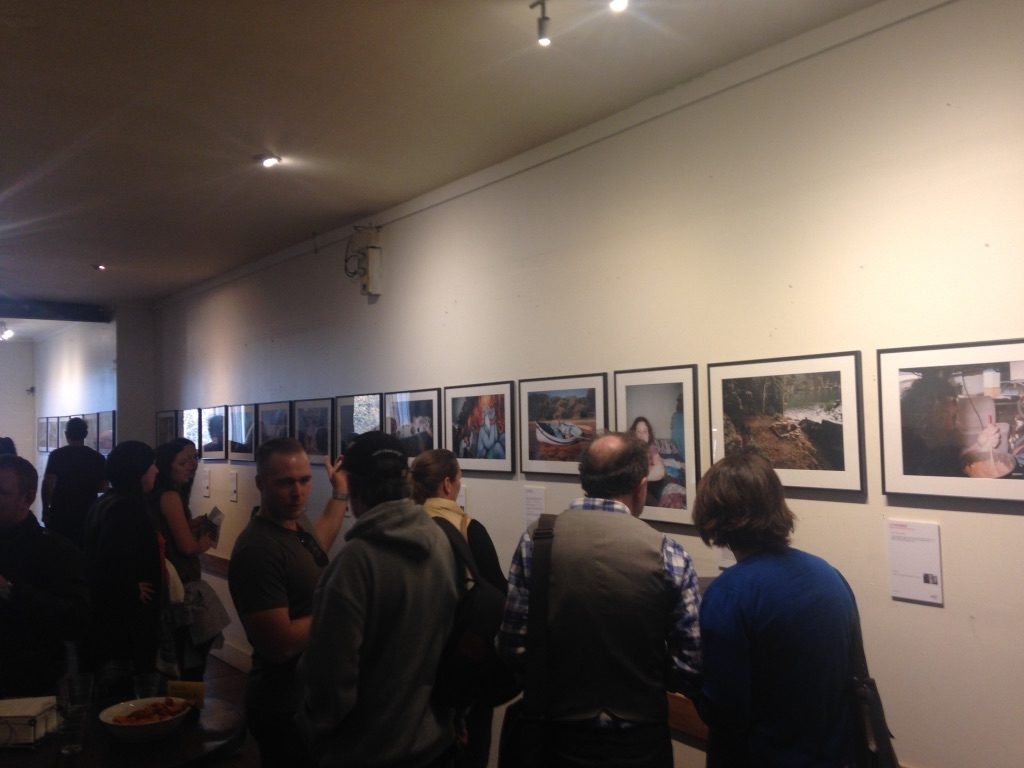
Café Art exhibition in Newtown, Sydney provides cameras to homeless people to provide a glimpse into their lives. Entries selected for the annual calendar can earn money.
From presenting the local community’s pictures of the local area or objects in their houses, to letting local school students curate exhibitions and public programs in the museum, to offering subsidised meeting spaces to celebrating local community festivals to literally donating funds to local community development programs. Many would ask, how all this will benefit the museum bottom line? The simple answer is that when a local community values the museum, then the message about the museum will spread and the audience and the revenue will follow.

A community mural in Bankstown, Sydney celebrates the multicultural diversity of the local community.
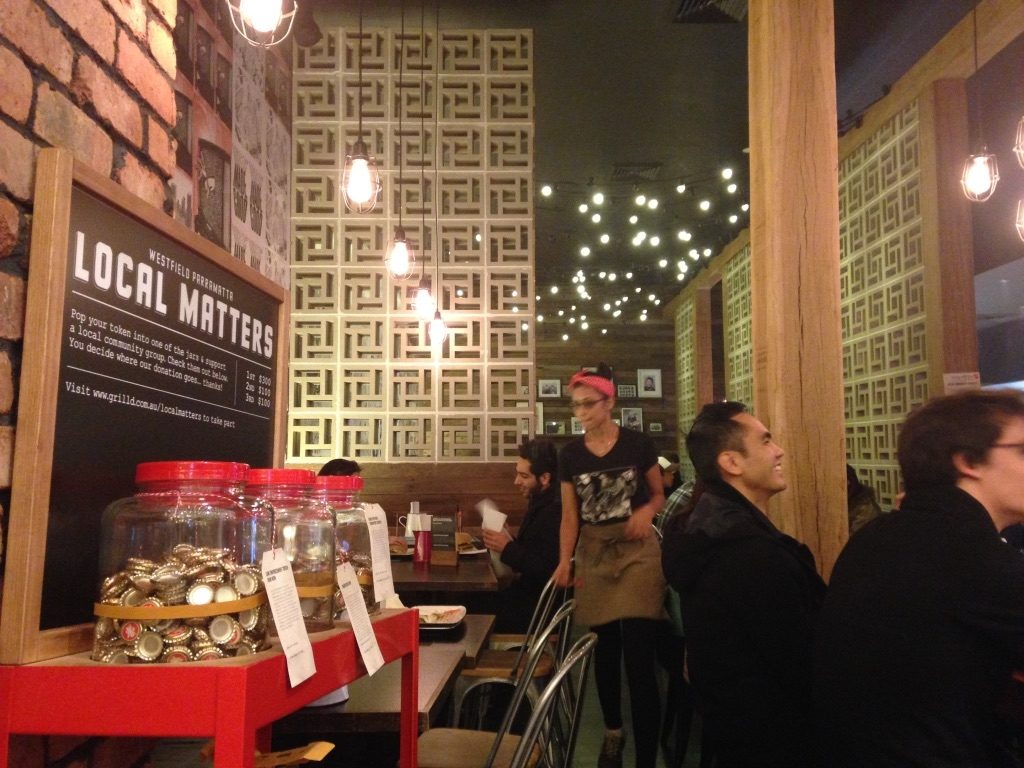
Grilled – fast food burger outlet in Sydney – offers customers the opportunity to vote for a local charity under its “local matters” program. The charity with most customer votes gets a donation from the restaurant.
2. Go from “to see” to “to do and play”
Many museums offer things to see behind glass cases or on plinths with “Do not touch” signs. In the age of smart phone, video-game, internet and social media a “to see experience” does not hold much value for the masses, unless it fits the rarest of rarest categories – like a Picasso or a Van Gogh exhibition. Creating a “to do experience” is therefore, extremely important.
A museum with a display of rare pottery from many centuries ago needs to offer pottery classes for kids and adults and explain the importance of making things by hand. Likewise, a botanical museum needs to have classes in collecting, studying and recording botanical specimens and perhaps cooking. A city museum about a city’s history needs to run travel expeditions to the city comparing historical objects and photographs in their collection with current views of the city.
The reason why science museums are popular is that visitors can touch displays and take part in experiments and see how it all connects to their existing lives.
3. Offer multiple experience options
Most museums offer a map of the museum with information about displays in different rooms and a curator or museum guide led tour. Some now offer iPad guided tours. The product is still a tour of the museum “to see” the objects in the museum’s collection. Museums need to breakdown this “big tour of the museum” into bite sized components, form which the visitors can choose.

A display at the Australian War Memorial in Canberra, Australia offers visitors the opportunity to experience an invasion from both inside and outside a helicopter cockpit.
Going to the museum, should be like going to KFC, McDonald’s or Pizza Hut. Imagine if we went to these fast food joints and were offered an hour-long 100-course meal run by a chef. Hardly anybody would go and they would fail. The beauty of the fast food joints is you have a vast menu to choose from. You can decide the toppings, fillings, crust, sauce, drink and shake, and you can get it in 5-10 minutes, and choose between having it there or taking it away. Museums need to adopt this fast food approach in terms of offering multiple experience options from which visitors can choose.
4. Use technology to enhance visitor experience and build community
Technology is changing the way we experience the world on a daily basis and how we interact with each other. On demand content streaming, Bluetooth and WiFi are commonplace today. The technology mega-trends of the next decade are predicted to be drones and autonomous vehicles, 3-D printing, augmented and virtual reality, artificial intelligence and big data.
Museums need to adopt these technologies to enhance the visitor experience. From iPad led tours that email the visitor a 3-D map of their museum experience, to location-based content prompts as you go through the museum, to virtual reality that takes you behind the scenes and to remote destinations, to 3-D printing take-away user modified models of museum collection objects – the options are endless.
One may think that cost can be a barrier to all of this but that’s usually not really true. Community can be the solution here too. Museums can offer technology enthusiasts with options to create and charge for these unique experiences, so that the museums’ costs are reduced. It will inspire a new generation of museum tech entrepreneurs – a community of people who create the change the museums are seeking. It requires the museum to “Let Go” of control, which is often the hardest part.
5. Be brave, be weird and take the museum out
Museums need to often break the museum mould to grab the community’s attention. They need to take the collection out to where people are – in the shopping Centre’s and on the beach. The annual Sculpture by Sea festival on the Bondi Beach in Sydney attracts more than 500,000 visitors annually; the Vivid Festival Sydney festival started in 2009 in Sydney as an outdoor lighting festival with immersive light installations and projections and attracts more than 2 million visitors annually. Museum of Old and New Art (MONA) in Tasmania, Australia opened in 2011 as an eclectic showcase of antiquities, modern and contemporary art and has had nearly 2 million people since then. These examples reflect ambitious, risky, entrepreneurial approaches to engaging audiences and building communities.
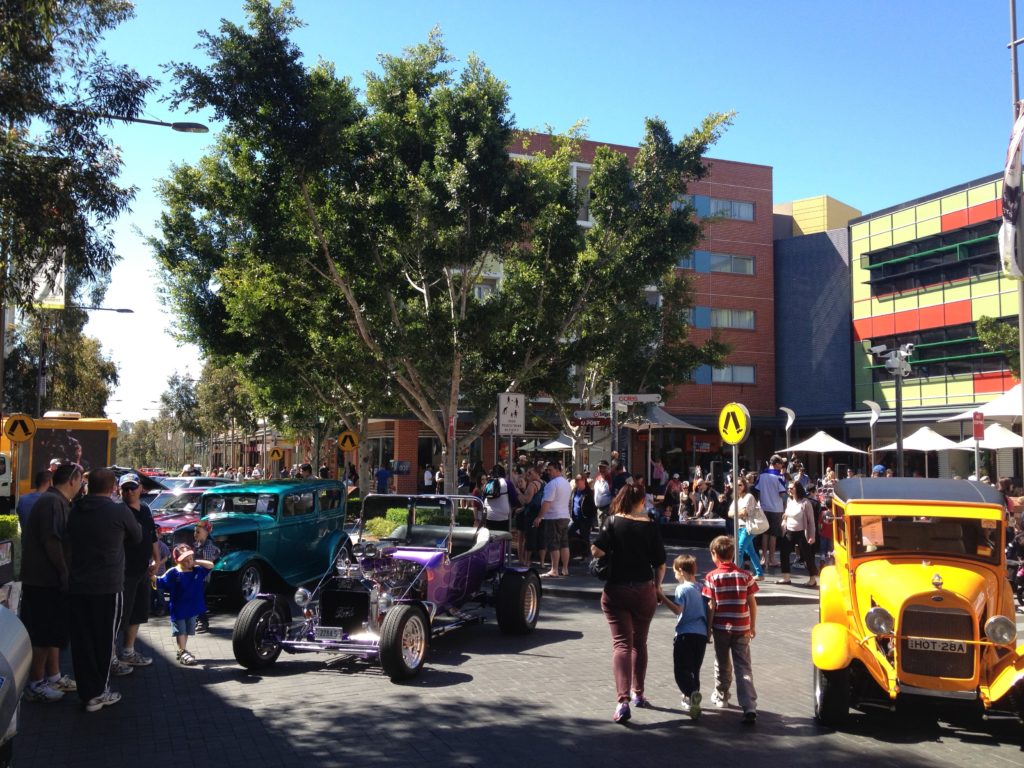
Vintage Cars display at the Sunday Markets, Rouse Hill, Sydney.

Outdoor Sculpture by the Sea exhibition, Bondi, Sydney.
Change is inevitable. The motorised car replaced the horse-cart which is now being replaced by electric and hybrid cars. Drones are a reality. Flying cars could be next. Rocket powered galactic travel is not far. It may not seem so, but “community” is central to all this innovation. The market is responding to the community values of sustainability, efficiency, cheaper cost and a better product. And so must a “new museum concept” replace the “old museum concept”. This “new museum” needs to be brave and take risks in using technology and in offering multiple “to do” experiences. Most importantly, it needs to think community, champion community and contribute to community development.
The audience and visitors will follow.


Mantej Singh
Mantej Singh holds a Master’s Degree in Arts Administration (Honours) and a Graduate Diploma in Arts Administration from the University of New South Wales, Sydney. He has more than 15 years of experience across community and cultural sector and has managed operations and planning for a diverse range of community and cultural facilities and developed and delivered strategies to build audiences and activate places.
[i] Re-Imagine Museums and Galleries: UK-India Opportunities and Partnerships, British Council, 2014
[ii] Museums of the World – 21st edition, De Gruyter, 2014
@ all images in this article are by the author.
ReReeti works with museums, galleries and heritage sites across India to plan strategies, design systems and implement programmes to increase audience engagement and institutional visibility. Email us at info@rereeti.org for a free consultation or to collaborate on an upcoming travelling exhibition.







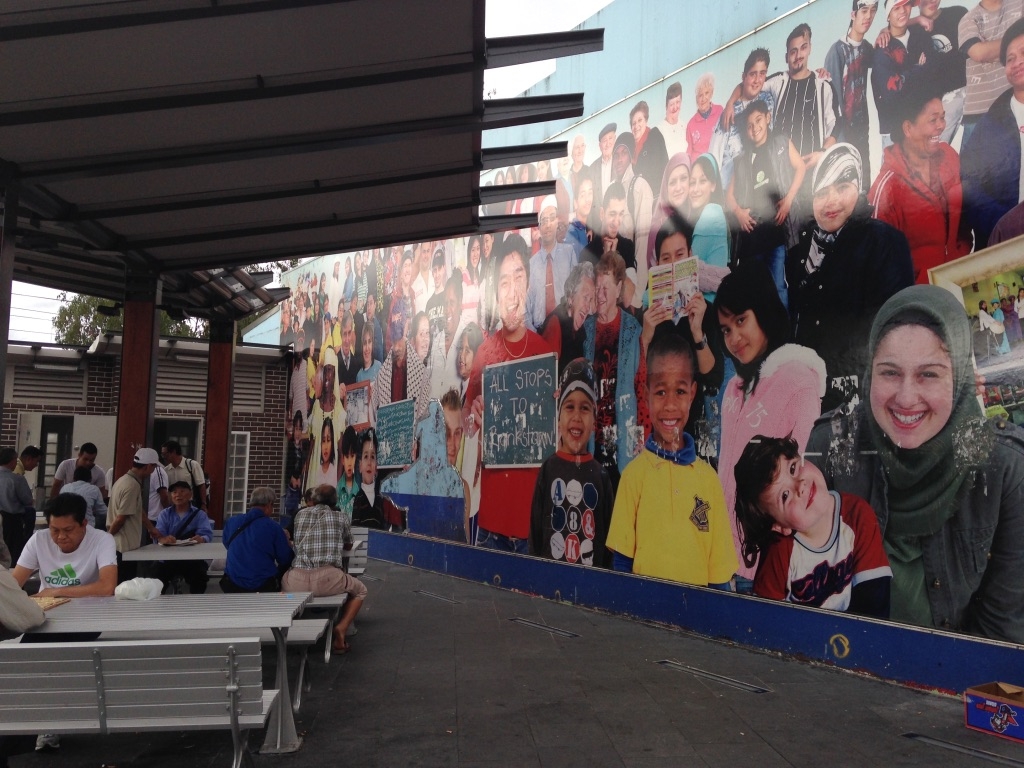


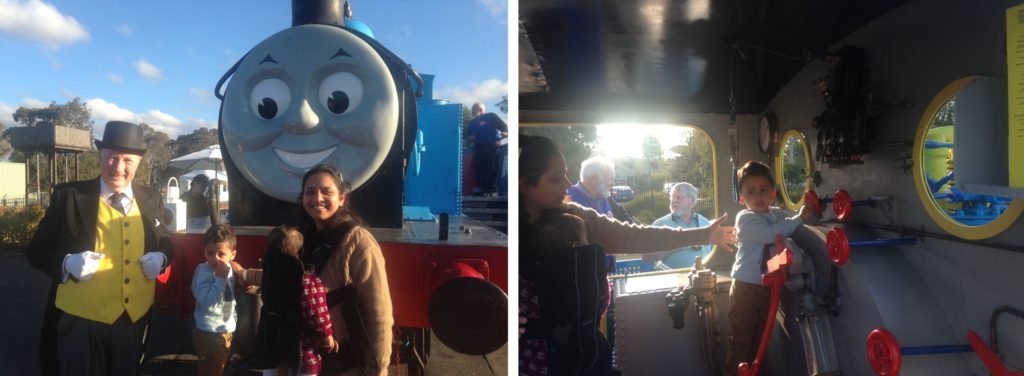


Recent Comments